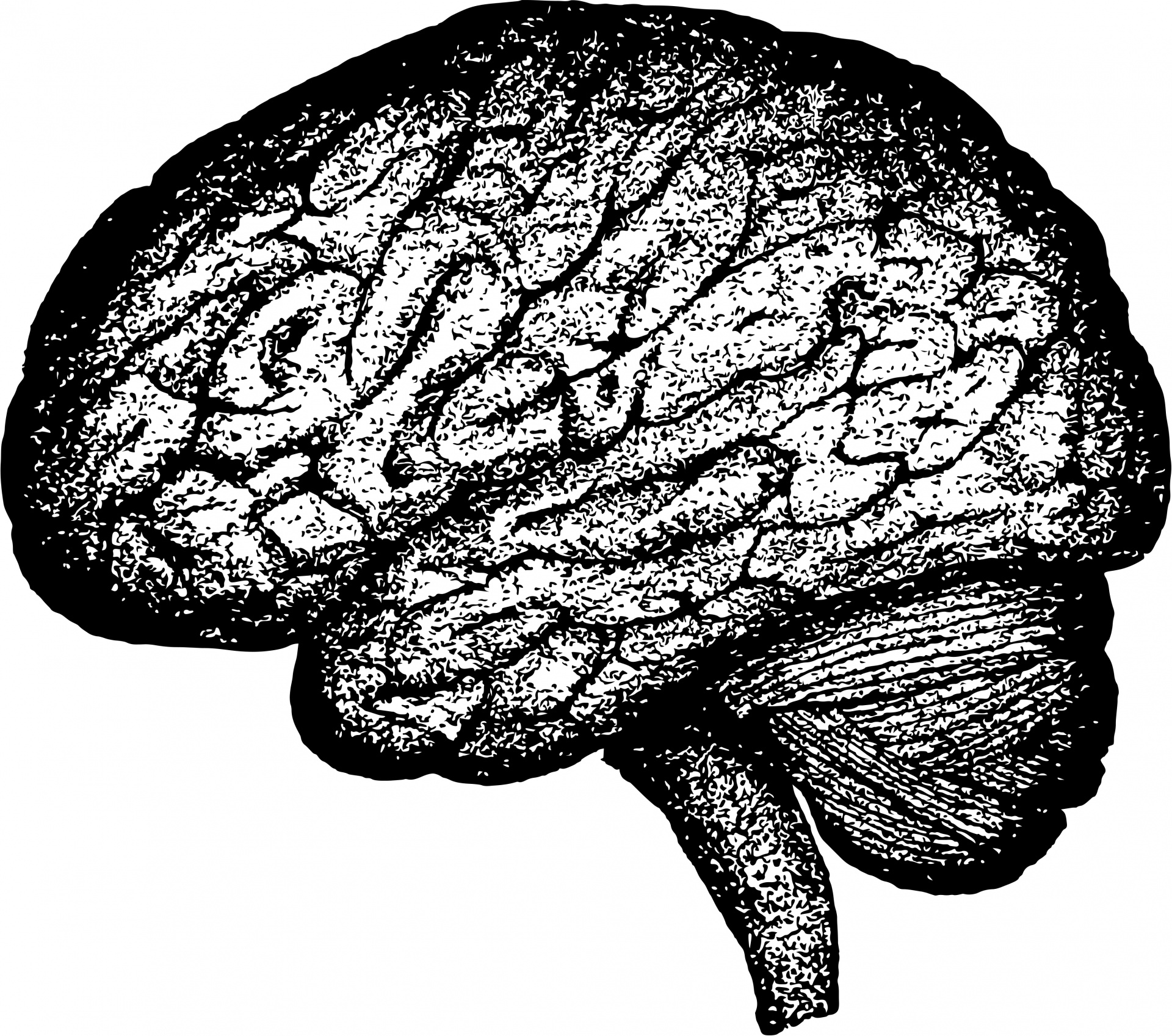Historically, there is less data on identifying the sex-based differences in the human brain. With the advancements in brain research, the researchers have mixed opinions on these differences. Although these differences are proven there is no information on their role, nature, size, etc. The new debate in brain research talks about whether or not these differences are recognizable. One assumption says that computers can understand these differences in male and female users.
This hypothesis is strengthened by the results obtained from a novel study by Daphna Joel from Tel-Aviv University in 2015. The research team collected brain scans of 1,400 people and based on these scans, they identified at least 10 regions that were different in men and women. The first difference was based on size.
Also read- Quarantine vs. Isolation- Which One is Better for COVID-19 Prevention?
Next, they named each one of them as a specific male region or a female region whereas some of them were called intermediate regions. But most of these brain scans appeared to be a ‘mosaic’ than definite male or female linked specifications. This study ended on no categorization between men and women based on sex-based differences in the brain.
This study faces huge criticism and the critics find that the machine-learning algorithms can help to identify these regions with up to 90% accuracy. The logarithm works on differences based on sex.
Some critics find it a disagreement to the typical idea of a male or a female brain. For example, for Joel, the purpose of this categorization would have been real if it allowed him to predict anything based on these sex-based differences in the human brain.
On the other side, for many people, it is just about predicting the sex of a person. It has no interest or plans to find more information based on this difference in structure in men and women’s brains.
These logarithms are called black boxes implying that they can’t tell anything other than the sex based on a brain scan. These algorithms are accurate but don’t take to a more meaningful end.
Another research study finds that these differences could be based on brain size. Women, in general, have small bodies, small heads, and obviously a small size brain. A few centuries ago, the differences were accounted as intellectual property of a white man but recent researches reveal that this size variation is actually a problem in finding sex differences.
Also read- Study Suggests T Cells Can Prevent Coronavirus Reinfection
How does looking at a brain scan tell a person if it is a man’s brain or a woman’s brain? Obviously the answer shouldn’t be on the basis of brain size alone.
Despite all these researches, understanding the differences between male and female brains is still a challenge. Sex definitely affects a person’s thinking and abilities which is why, it is necessary to find how the sex-based differences in the human brain predict their personality, habits, and interests.
Right now there is not much to answer all these questions but hopefully, coming years in neurosciences research will be able to explain this.


